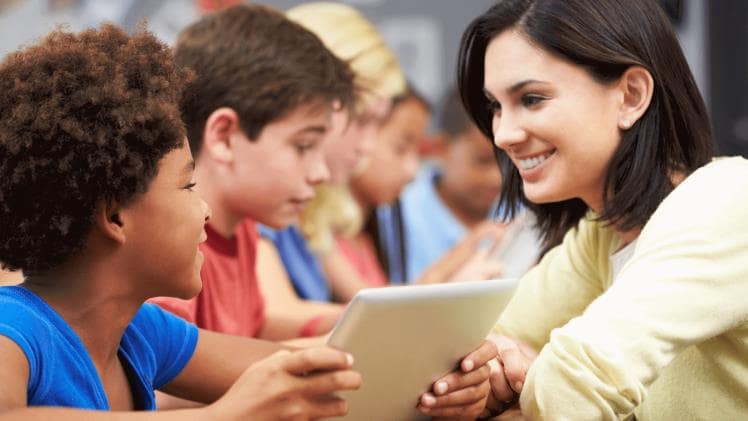Consider the outdated image of the classroom. What picture comes to mind? A classroom with a chalkboard, chalk, and duster is a given, as are a few Powerpoint lectures, lab exercises, and educational excursions. But as time has changed, the classroom has seen noticeable modifications. As classroom learning expands outside the four walls and books, it becomes much more enjoyable. Additionally, cutting-edge software is gradually entering the educational space. As a result, learning is accelerated, and education has advanced.
Numerous school ERP programmes with LMS integration are available to assist in managing various responsibilities in the classroom. The LMS portals include a wide range of capabilities, including report generating, fee administration, bus monitoring, library management, and attendance management. Additionally, it had a significant impact on student learning, which improved the system as a whole.
The use of software has transformed the contemporary classroom into a high-tech environment that makes it simple to manage and track each student’s progress. It makes it simple for the teaching staff to keep tabs on grades and choose the most effective method for enhancing students’ abilities and knowledge.
Use of School ERP to Increase Student Engagement
Easy Information Access: Technology and progress have greatly improved the educational system. By making the appropriate investment in school ERP software, institutions may avoid paying for the ongoing maintenance of their IT infrastructure. Teachers may now change their classes and provide students with online homework assignments thanks to the software solution. Students now find it simple to access their lectures at any time and from any location. As a result, it aids in helping them better prepare for their courses and address any questions they may have.
Analyzing Student Behavior: Due to weak or low student participation, the majority of educational institutions are behind. The school management software is specifically created to improve student participation in learning and behavior analysis. The programme facilitates data input of routine activities such as student admission to the school, duties undertaken by them, assignments allocated to them, and much more. It facilitates instructors’ tasks and aids in report card preparation and marking. This makes it easier to analyze the development and progress of students.
Collaboration outside the classroom: It is facilitated by the cloud-based LMS programme of the School ERP, which also supports interactive web-based communication. This fosters improved student interaction and creates a fun learning environment. The software enables educational institutions to set up online programmes that assist students in overcoming their academic and financial obstacles, improving education globally. Additionally, it encourages group learning via engaging activities like project discussions and debates.
Enhances Knowledge Retention: The programme provides digital information that integrates artificial intelligence and can identify the level of difficulty a learner is experiencing with a certain topic or subject. Teachers change the information according to the students’ questions so that they may concentrate on strengthening their weak areas. This broadens their knowledge and enables them to advance in every topic.
Conclusion
Future classrooms will undergo significant changes as a result of expanding technology and advances in cloud ERP software. The transition to all-digital content and more reliance on technological applications will increase the usage of technologies that make teaching easier and aid students in learning all they can. Teachers would be able to provide students with individually tailored teaching plans and sessions, and students would get a more sophisticated manner to enhance the area in which they lack. All of this will result in a significant transformation of the nation’s educational system.

